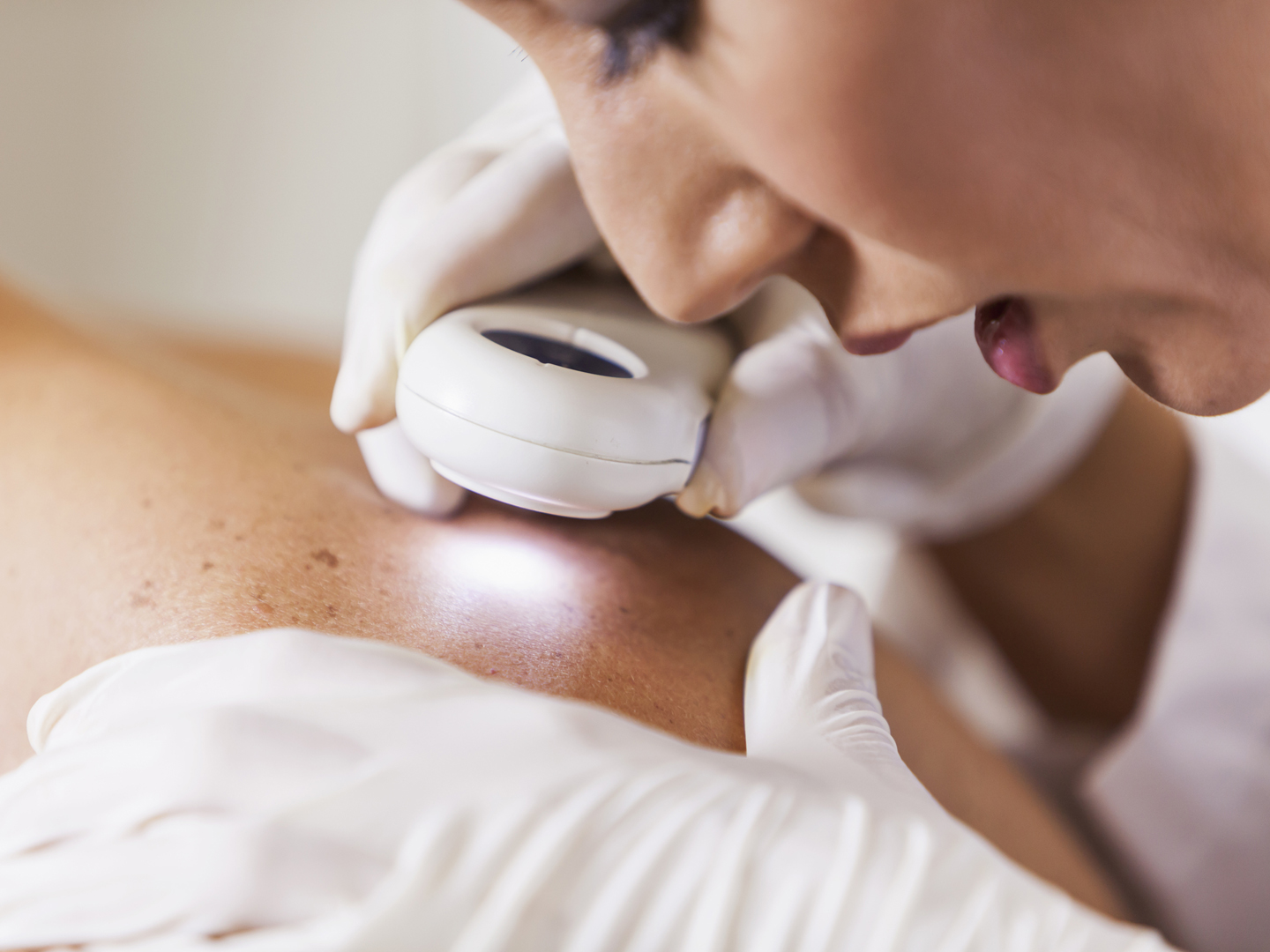Screening for Skin Cancer?
I recently read that we should examine our entire bodies for skin cancer every month. Is this really necessary? If so, what should I look for?
Andrew Weil, M.D. | July 26, 2004

The rate of skin cancer has been rising dramatically, and the National Cancer Institute (NCI) now estimates that by the age of 65 between 40 and 50 percent of Americans will have had it in some form. At least one million cases of the most common types of skin cancer – basal cell carcinoma and squamous cell carcinoma – are now expected to occur annually in the United States. This is more than twice the number diagnosed 20 years ago. Although these two types of cancer are slow growing and rarely fatal, if neglected they can be disfiguring, and some squamous cell carcinomas can metastasize.
More worrisome is the enormous increase in the rate of melanoma, the most serious and potentially deadly type of skin cancer. Melanoma is now the most frequently diagnosed cancer in American women between the ages of 25 and 29, and the second most frequently diagnosed type of cancer (after breast cancer) among women between 30 and 34.
To protect yourself against skin cancer, the Skin Cancer Foundation advocates having a yearly skin exam by a doctor and checking your own skin once a month for any changes that could mean cancer. Look everywhere on your body for skin cancers – your head and face (use mirrors) and even your scalp (use a blow-dryer to separate your hair). Also check your hands and fingernails, elbows, arms and underarms, your neck, chest and torso. Women should look under their breasts. Use a hand mirror to check the back of your neck, shoulders, upper arms, back, buttocks and legs and then sit down and check your legs and feet, including the soles, heels and nails. Use a hand mirror to examine your genitals.
Here’s what you’re looking for:
- Moles with uneven borders that are asymmetrical (the halves don’t match).
- Moles colored varied shades of brown, tan or black (ordinary moles usually are a uniform shade of brown).
- Moles that are at least the size of a pencil eraser.
- Any changes in shape, size, color, surface smoothness, or elevation of an existing mole.
- Itching, tenderness or pain in a skin lesion.
- Scaliness, erosion, or oozing (later, melanomas may crust, ulcerate or bleed).
Along with protecting yourself from skin cancer by staying out of the sun or wearing sunscreen with an SPF (sun protection factor) of 15 or higher, it makes sense to check your skin regularly for changes. Melanoma usually can be cured when found early.
Andrew Weil, M.D.









